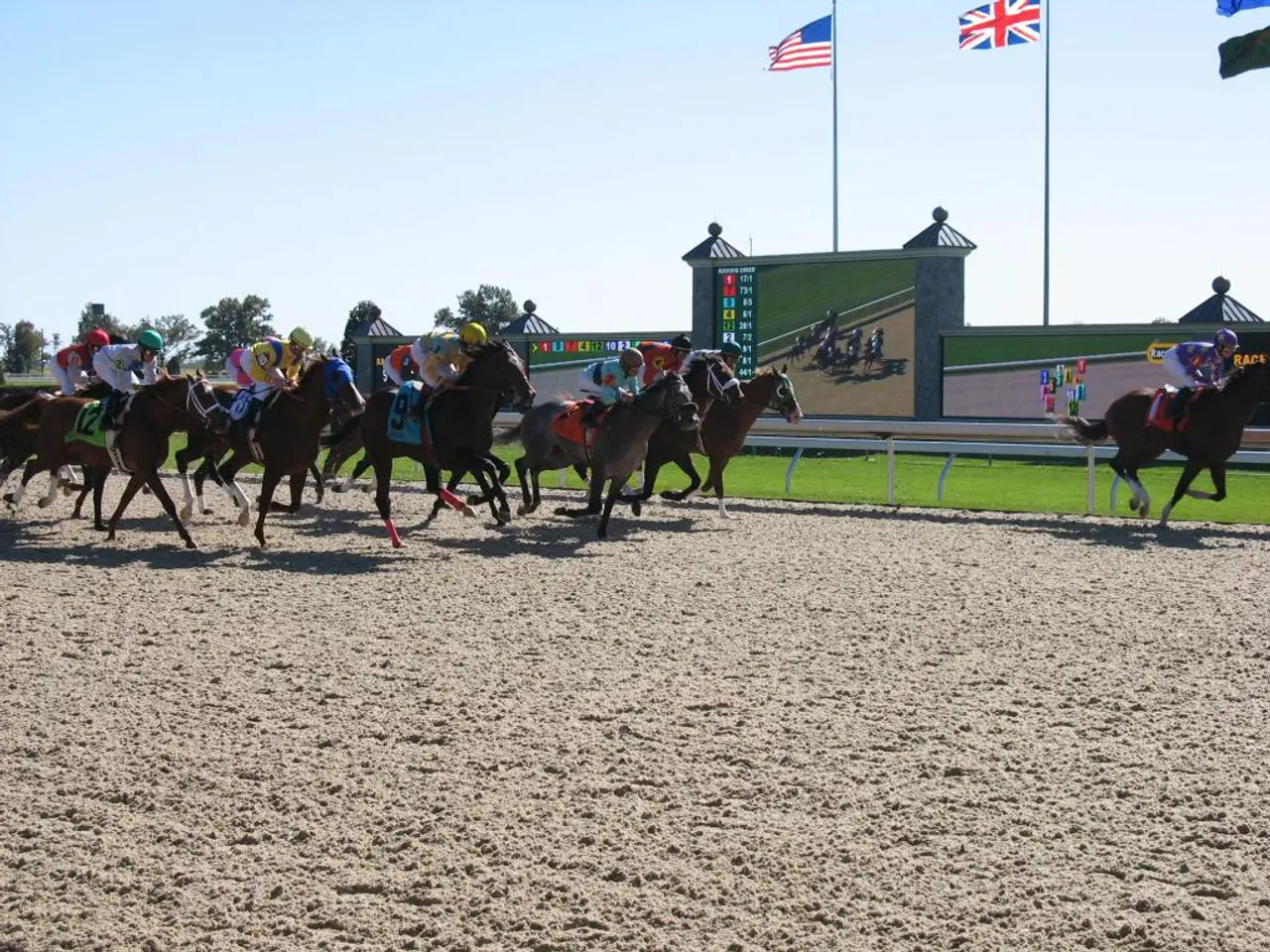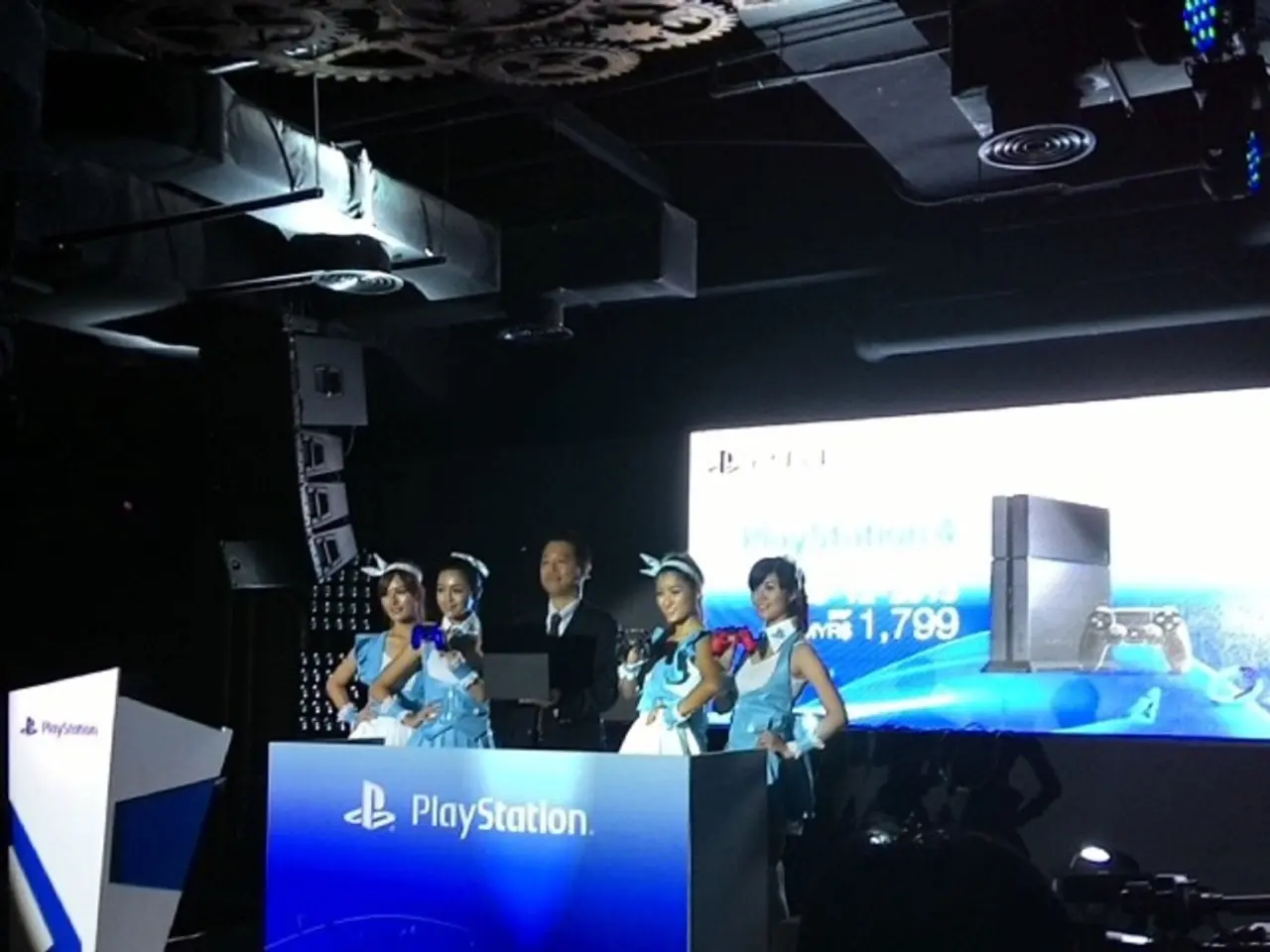Assessment of Patagonia's Triolet Jacket
In the realm of hardshell jackets, the Patagonia Triolet Jacket stands out as a contender for alpine mountaineering and all-around waterproof performance. Here's a detailed comparison of its key features and how it compares to some of the best in the market.
The Patagonia Triolet Jacket
Priced at $449 / £390, the Triolet Jacket tips the scales at 550g (L). It boasts a Gore-Tex 3-layer 75D recycled polyester build with an ePe membrane, offering a helmet-compatible oversized hood, RECCO reflector, and good breathability. The jacket is suitable for alpine climbing, helmet use, and hillwalking.
Key Observations
The Triolet excels in alpine and helmet-compatible use, with its large, adjustable hood and great breathability. It's also notable for using recycled, eco-friendly materials.
Notable Features
- Helmet-compatible oversized hood
- RECCO reflector for enhanced safety
- Good breathability
- Recycled, eco-friendly materials
- Suitable for alpine climbing, helmet use, and hillwalking
Direct Peers and Competitors
The best hardshell jackets to compare with the Patagonia Triolet are the Salewa Ortles 3L GTX, Rab Namche, Backcountry CrestCarver Gore-Tex Shell Jacket, and Arc'teryx Beta AR / LT models.
Salewa Ortles 3L GTX
Slightly lighter than the Triolet, the Salewa Ortles boasts a clever mix of heavier and lighter Gore-Tex fabrics for durability and packability, plus effective arm vents and helmet compatibility, making it versatile and robust for year-round use.
Rab Namche
Recommended alongside the Triolet by expert Chris Townsend, the Rab Namche is well-regarded for its light weight and durability in harsh winter conditions.
Backcountry CrestCarver Gore-Tex
The Backcountry CrestCarver offers strong sustainable credentials and high feature value at a notably lower price point but is heavier than the others.
Arc'teryx Beta AR / LT
The Arc'teryx Beta AR/LT jackets provide excellent fit and are known for high performance and durability. Beta AR is more rugged with a stiffer fabric, Beta LT offers lighter weight and better flexibility.
Other Comparisons
The Triolet is compared to Rab's Kangri GTX, offering a competitive alternative at around $25 less. Both jackets are similarly weather-worthy with a 3-layer Gore-Tex membrane and burly, 70D nylon shell. The Triolet, however, is heavier and doesn't breathe particularly well, especially when working hard in mild temperatures.
The Triolet is also compared to the Arc'teryx Beta SL and Arc'teryx Beta AR jackets, with the Beta SL being less hardwearing, having a shorter cut, and fewer pockets, but being lighter and more athletic.
Sustainable Credentials
The Triolet Jacket is made from 100% recycled polyester and is bluesign-approved. It's also sustainably built with recycled and bluesign-approved materials, a fully PFAS-free construction, and certification to the Fair Trade standard.
Conclusion
The Patagonia Triolet Jacket offers a blend of performance, sustainability, and style for those seeking a hardshell jacket for alpine mountaineering and all-around waterproof performance. Its direct peers include the Salewa Ortles 3L GTX and Rab Namche, while the Backcountry CrestCarver and Arc'teryx Beta models offer alternative options.
- For those who enjoy sports like hiking, skiing, and backpacking, the Patagonia Triolet Jacket is a great choice, offering a helmet-compatible oversized hood, RECCO reflector, and good breathability, suitable for alpine climbing and hillwalking.
- When comparing the Patagonia Triolet Jacket with other top hardshell jackets, the Salewa Ortles 3L GTX stands out due to its versatility, durable and packable design, and effective arm vents.
- For those concerned with sustainability, the Patagonia Triolet Jacket is a strong contender, made from 100% recycled polyester, built with recycled and bluesign-approved materials, and certified to the Fair Trade standard.







